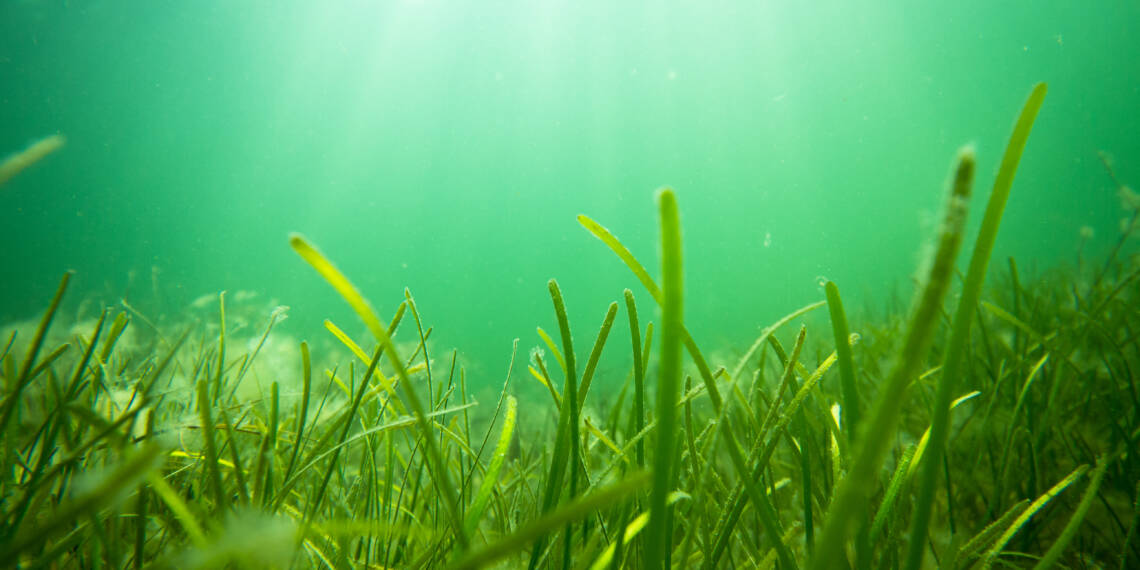
The endangered seagrass thrives in salty water
Common eelgrass is the only aquatic vascular plant on Finnish shores which originally came from the ocean. Its regional distribution is limited by water salinity and thus, is mainly found only in the Archipelago Sea and the western Gulf of Finland. The most northerly occurring common eelgrass individuals have been found in the southern Bothnian Sea near Rauma, while the most easterly has been detected near Porvoo.
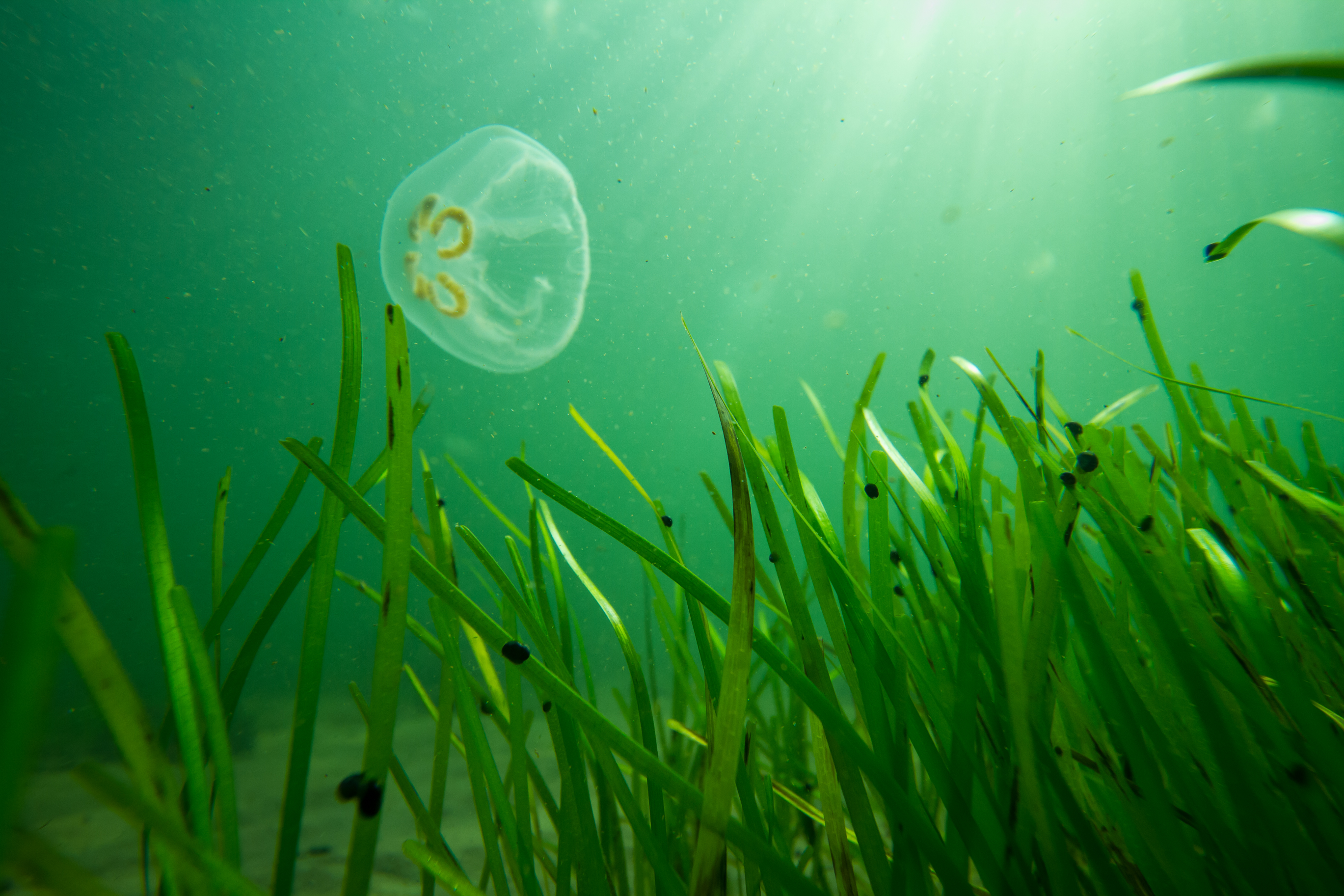
Common eelgrass grows on the sandy seabed
As a species adapted to large and salty seas, common eelgrass(avautuu uuteen ikkunaan, siirryt toiseen palveluun) a species of seagrass, usually grows on sandy sea bottoms, which may also contain gravel or mud.
In mobile sands moved by waves, common eelgrass anchors itself by sturdy roots. This root system in a seagrass bed also binds the substrate in place. Shoots arising from these roots form expansive meadows, which create three-dimensional structures in an otherwise featureless landscape.
Seagrass meadows of common eelgrass usually occur in somewhat exposed areas at depths ranging from one to five metres. This plant needs sunlight to photosynthesize. While the shoots may grow to almost half a metre in length under favourable conditions, they usually reach heights of 20 to 30 cm in meadows.
Horned pondweeds, ditch grasses and pondweeds are the associate species of common eelgrass
The vegetation of a vascular plant community is often quite dense. The closer one goes to the beach and the shoreline, the greater the chance of finding other vascular plant species growing among the seagrass. The most common of these associated species include the horned pondweeds(avautuu uuteen ikkunaan, siirryt toiseen palveluun), ditch grasses(avautuu uuteen ikkunaan, siirryt toiseen palveluun), as well as pondweeds.
Abundant and meandering common eelgrass meadows provide shelter and nourishment for many fish species and small invertebrates. Therefore, seagrass meadows are considered to be one of the key underwater nature habitats of the Baltic Sea.
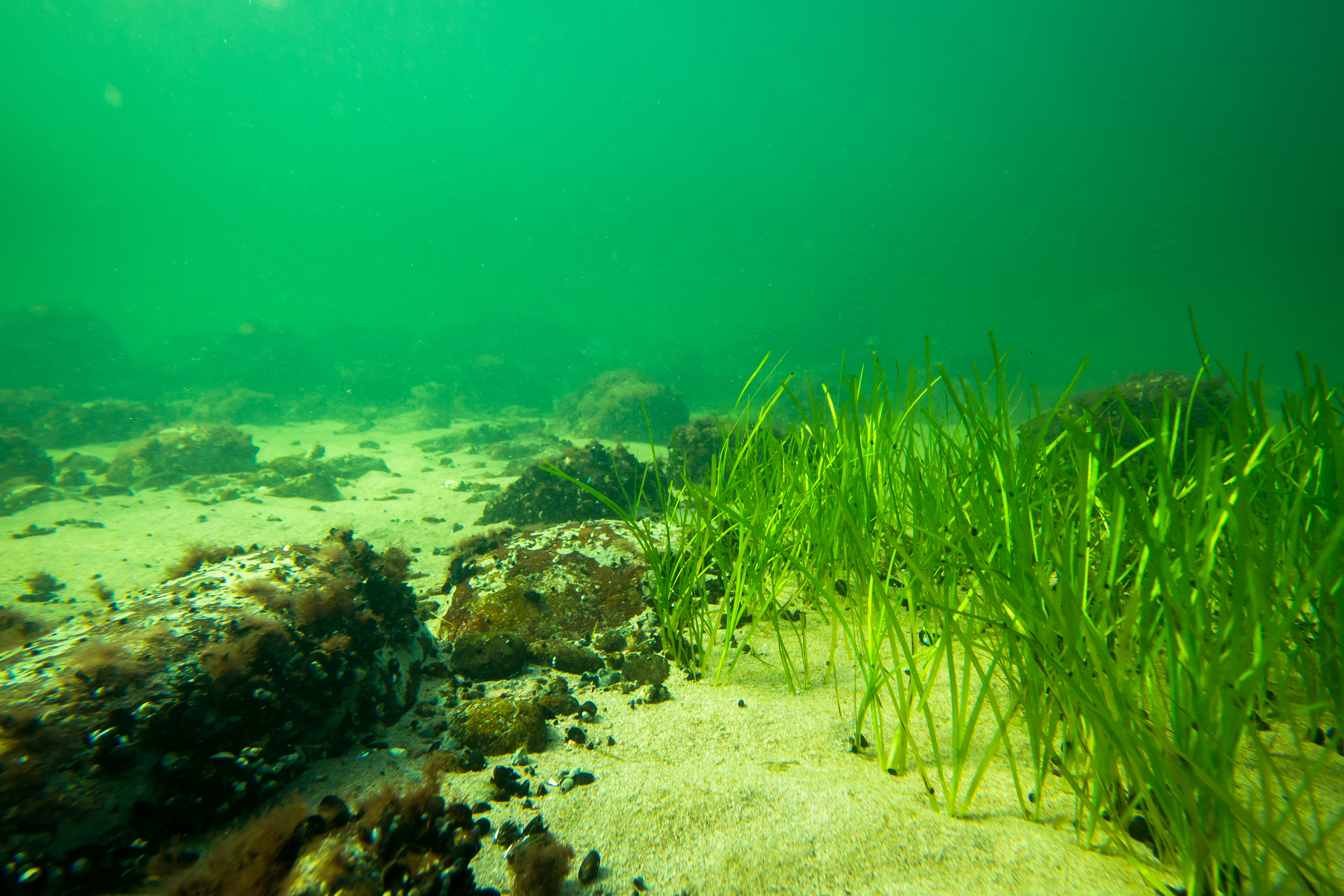
Eutrophication reduces seagrass habitats
Common eelgrass thrives in clear waters. However, increased turbidity resulting from eutrophication has reduced the potential habitat area of this vascular plant species. Further, a marked increase in the growth of filamentous algae has also occurred. Both epiphytic and clumps of loose filamentous algae cling to the seagrass shoots and may choke their growth. As a result, common eelgrass has been classified as endangered, both as a species and as a habitat.
Did you know?
In Finnish waters, common eelgrass is only capable of reproducing asexually. In other words, each plant is just a genetic copy of another. Therefore, you could think of each seagrass meadow as coming from just one organism that has mass cloned itself!
Seagrass and other vascular aquatic flowering plants:
- Seagrass species common eelgrass (Zostera marina)
- Horned pondweeds (Zannichellia spp.)
- Ditch grasses (Ruppia spp.)
-
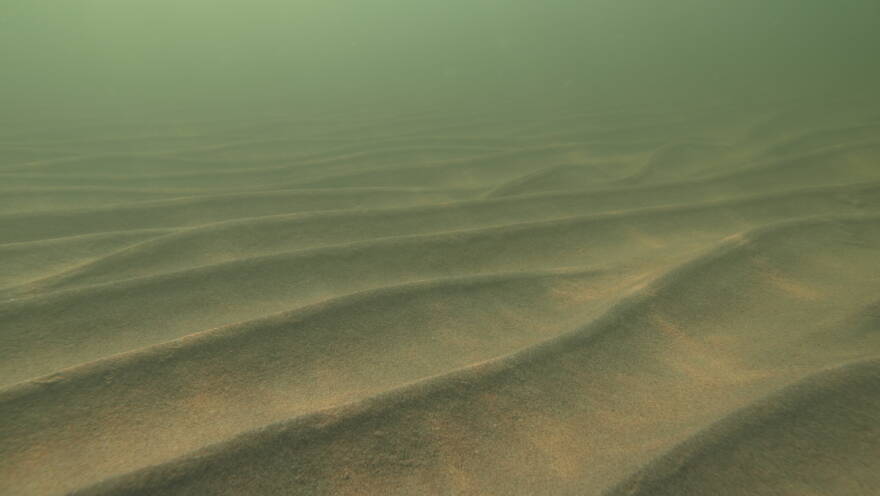 Find out more
Find out moreSandbanks and other sandy bottom
-
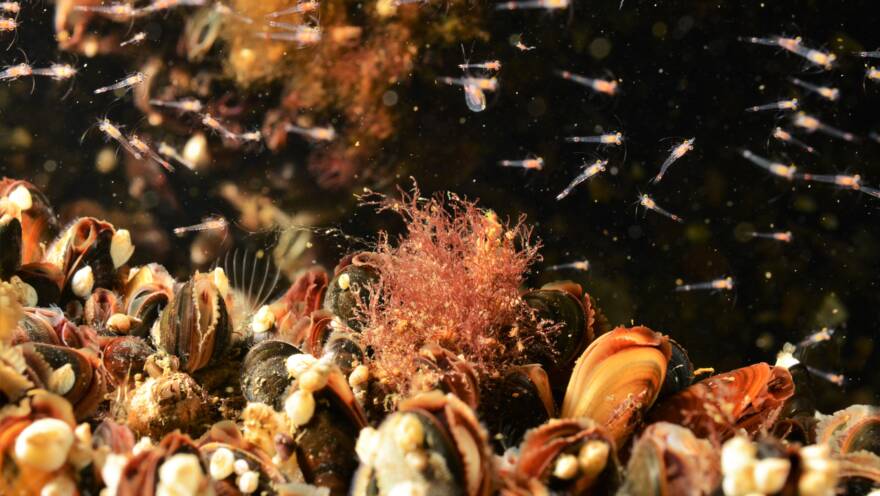 Find out more
Find out moreKey species and key habitat types drive the Baltic Sea

